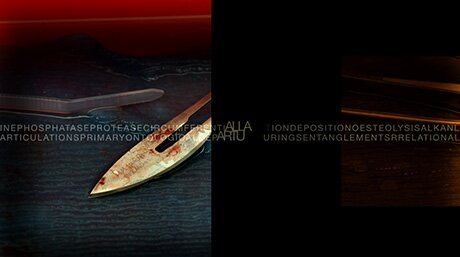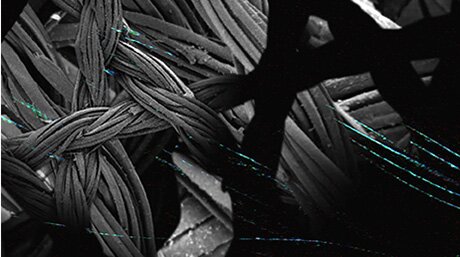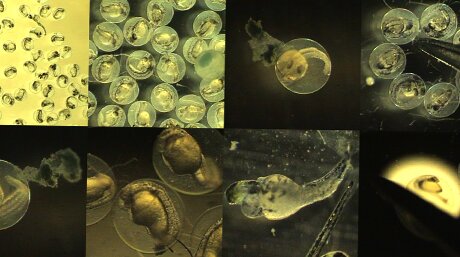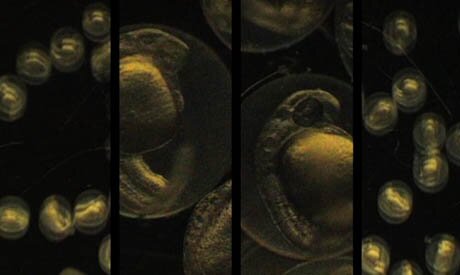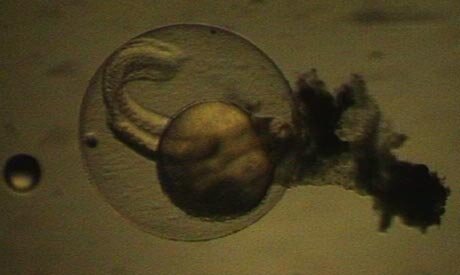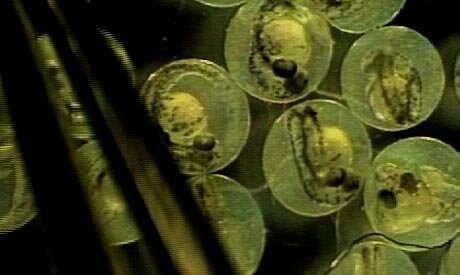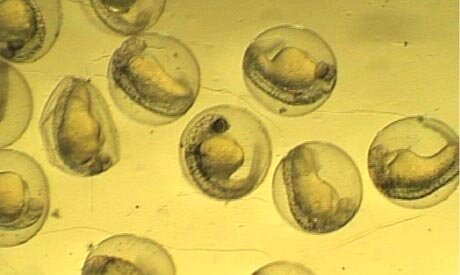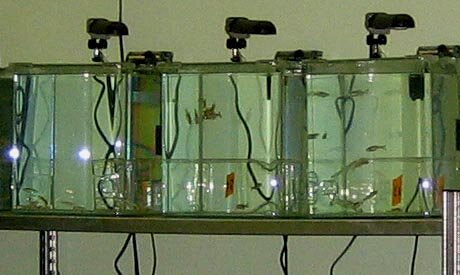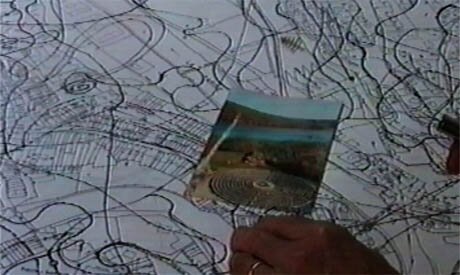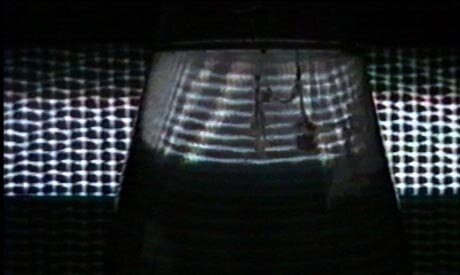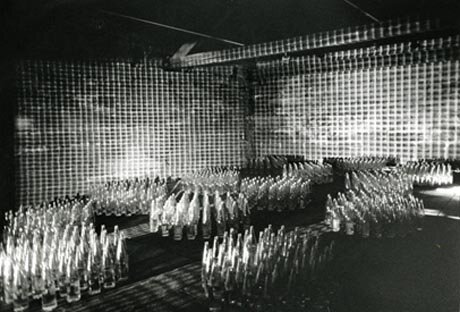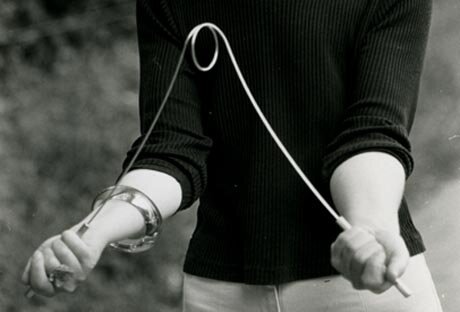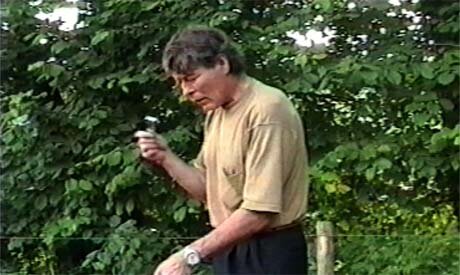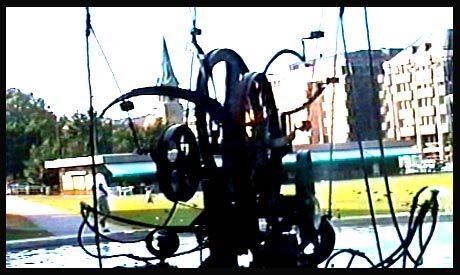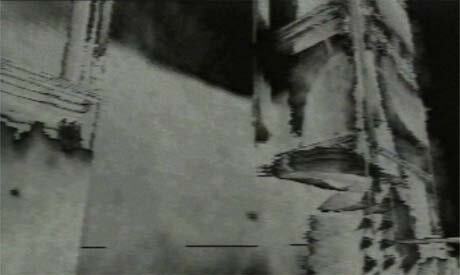Video and sound installation for NOISE at the Kettles Yard Gallery Cambridge.
Installation based on plant biology and DNA made as part of an series of exhibitions put together by the artist Adam Lowe and Simon Schaffer, Professor in History and Philosophy of Science at the University of Cambridge, concerned with universal language, information and transformation as part of an arts and science series presented at Kettles Yard Gallery in Cambridge UK and the Whipple Museum of the History of Science and venues in London as part of NOISE.
The Imagination of Matter explores the maize genome and draws together the themes of ancient Mayan mythology, archaeology and molecular genetics. The archaeological maize genome is examined in the context of scientific consciousness studies that suggest that matter at an atomic level, carries more complex information at the level of DNA.



Photos from the scientific and visual research process, The Imagination of Matter exhibition, Kettles Yard.
The cultivation and hybridisation of ancient maize was the basis of a cultural technology linking ancient cosmology, calendrical science and social interactions. Standing behind the planting, harvesting and storing of maize was a highly sophisticated understanding and ordering of the world. The Maize plant is an ancestor of wild Teosinte grass and was domesticated in western Mexico at around 8000 years ago. There is a continuity in maize iconography from past to present as evidenced in GM maize technology. Early Mayan cultivators connected the dynamic complexity of the world to the evolution and diversity of maize types.
To a gene scientist their experimental subject of choice is something like a simple string of beads strung together in a necklace of causal effects. Using enzymes, viruses and invasive bacteria geneticists snip or bind a gene from the DNA, copy it, reverse it so that it cancels out its own instructions and then put it back to where it was. Although this process requires an intuitive sensitivity and dexterity, DNA is more highly charged, fluid and dynamic than a simple alphabet. DNA is pervasive, highly evolved and illusive and encompasses four billion years of biological evolution. This relational order stretches from the humble torn to pieces drosophilia in a genetics lab to the perfect symmetry of an embryonic seed kernel raised from 8000 years of dormancy.
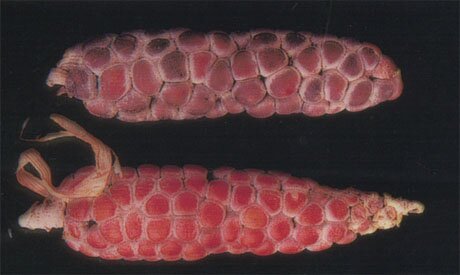
Photo of wild primitive maize cobs
In the metaphorical domain, maize was a link between the mundane and the magical. A symbolic host of a ressurectable and self-producing body. The hardened cob was likened to bone, shell, the phallus, rain and semen and maize was understood as a complete living and transforming organism. The spiralling and twisting language of DNA and mythologised narratives concerning it's genesis in the Popol Vuh provide links with the complexity of the world being mapped by molecular genetics.
Maize was symbolically conceived as linking soil to sky. It was a technological expression of a relational order that extended from the underworld to the heavens. It was as central to Mayan cosmology as the ceremonial cities were. As in many ancient cultures, the relation between religion and astronomy was very close and maize had an astro-biological parallels. The religious symbolism of maize was integrated into a form of natural magic and it was considered to be a dramatised vehicle for communication between the natural and supernatural realms.
The human characteristics of maize in ancient Mayan iconography and the physical evidence of maize in ethnography as an alive, conscious and responsive entity make maize symbolically potent. Early cultivators connected the dynamic complexity of the world to maize hybridisation much in the same way as modern day biotechnologists connect and alter species boundaries in genomic research.
Maya cosmology scored and made visible process charting systems of life in systems of images. In their art they mathematically projected dates and events forward into our own time and beyond to commemorate future rituals in anticipation that they would be remembered. They also invented the concept of zero and placed numbers to correlate with astronomical events that happened millions of years in a fictional past. This work is in invocation of the first moment of creation and mediated through traditional knowledge, shamanic technology, artistic invention and scientific inquiry.
This human reflection on Maize enabled symbolic and linguistic classifications to take shape. By observing the shapes and features of the developmental processes of Maize collective representations in the form of mythical narratives took shape.
In the spiral/vortex of the female maize ear. The paired symmetries of proteins and water were displayed like a digital abacus and thousands of varieties of maize, cross pollinated by the moist breath of wind, formed a complete colour coded information system. Maize was considered to be kin, a gift from the gods and each colour, yellow, red, blue black was part of a directional scheme.
The survival and growing of Maize depends upon servicing this odd human creation using technological tools. The fact that cultivation fertilisation and harvesting are achieved by specialised equipment and technology reinforces the theme suggests Maize has symbolically always belonged to humans rather than nature.
I approached the scientific process in non-reductive ways that suggested the structural resonances to the origins of maize in pre-history and used archeological DNA analysis to resurrect the cultural message of the original Mayan cultivators.
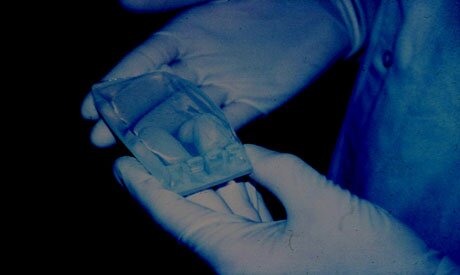
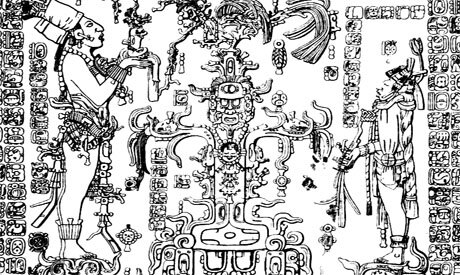
I argue that a simple theory of consciousness can be advanced by accepting that the mental is a property of matter. I argue that we can reconstruct how consciousness developed (evolved) from unconscious organisms. I argue that, rather than studying the evolution of the brain or the evolution of language or the evolution of tools, we need to study the "co-evolution" of memes, language, tools, emotions, brains. They influenced each other. Mind "is" the result of that co-evolution.
Piero Scaruffi
Towards a Science of Consciousness 2001
To carry out the work I went to meet Professor Martin Jones at the Archaeology Department, Cambridge University with a proposal based on the destructive analysis of a prehistoric maize plant sample and my key philosophical themes. At my request he was able to arrange for the DNA analysis of an ancient sample of maize in the museum collection from El Reigo caves in Puebla Mexico to be carried out at The Archaeobotany facility at the Biomolecular Sciences department at the University of Manchester. I delivered the dessicated sample to a visiting researcher from Brazil Fabio de Oliveira, a microbiologist making genetic comparisons between ancient and modern maize in the Amazon regions of South America. It was arranged through his supervisor Terry Brown, for me to observe and video document his work on the Cambirdge museum maize sample. I spent a week in Manchester following and recording each step of the DNA isolation process.
In the world of scientific research, we are getting increasingly used to interacting with the display and communication side of our work. More often than not, it is in the context of some rather heavy handed message, along the ones of 'science is fun', or 'science is good for you'. Recurrent images eare of shiny equipment and earnest folks in lab-coats or computer read out. What Kathleen Rogers came up with was rather different. A close-up of Fabio's fingers delicately manipulating a sample of his precious extract. It was less reminiscent of the laboratory than of the greenhouse. At the visual level, the analogy rests in the care expressed in the movment of the hands. At the molecular level, the analogy draws closer - the fingers of Fabio and the gardener are coaxing a very similar atomic choreography into action.
Professor Martin Jones
Department of Archaeology
Cambridge University


Photos from background research, The Imagination of Matter.

Video stills from the Imagination of Matter, Kettles Yard
Kathleen Rogers’ 'The Imagination of Matter, Pre-Columbian Cultural DNA and Maize Cultivation' manages to open up important ethical (ecological) issues.
Gérard Mermoz
Research Training Initiative
View THE IMAGINATION OF MATTER Gallery
Additional Research
The research work for this project was made with scientists and anthropologists in the maize growing areas of Chiapas, Mexico and in consultation with Arturo Arnelas Lizardi from the Universidad Autonoma del Edo de Morelos.
This project was a new commission for Noise, part funded by the Gulbenkian Foundation. The initial research was sponsored by the Arts Catalyst, Art and Science Agency, London.
Publications and Presentations
Full artist's text published in the book: Biomediale, Contemporary Society and Genomic Culture edited by Dmtri Bulatov, an international anthology of artists and theorists using biological and genetic technologies in the context of contemporary art.
Art, Technology, Consciousness, edited by Professor Roy Ascott.
Subtle Technologies Conference, University of Toronto, Canada.
NOISE catalogue, Kettle's Yard, Cambridge.
National Science Week at the Faculty of Divinity. Cambridge University.
Towards the Science of Consciousness Symposium, University of Arizona, USA
Documenta X, Roundtable on Art and Genetics as part of the Hybrid Workspace project for Mute.
The Anthropology of Consciousness Berkley University, USA ,
Information Arts: Intersections of Art, Science and Technology by Stephen Wilson
The Third International Conference of Art, Culture and Nature, invited panelist for The Green Museum.
The Green Museum, California, USA
Experiments in the Moving Image, London.

 email this article
email this article print-friendly version
print-friendly version